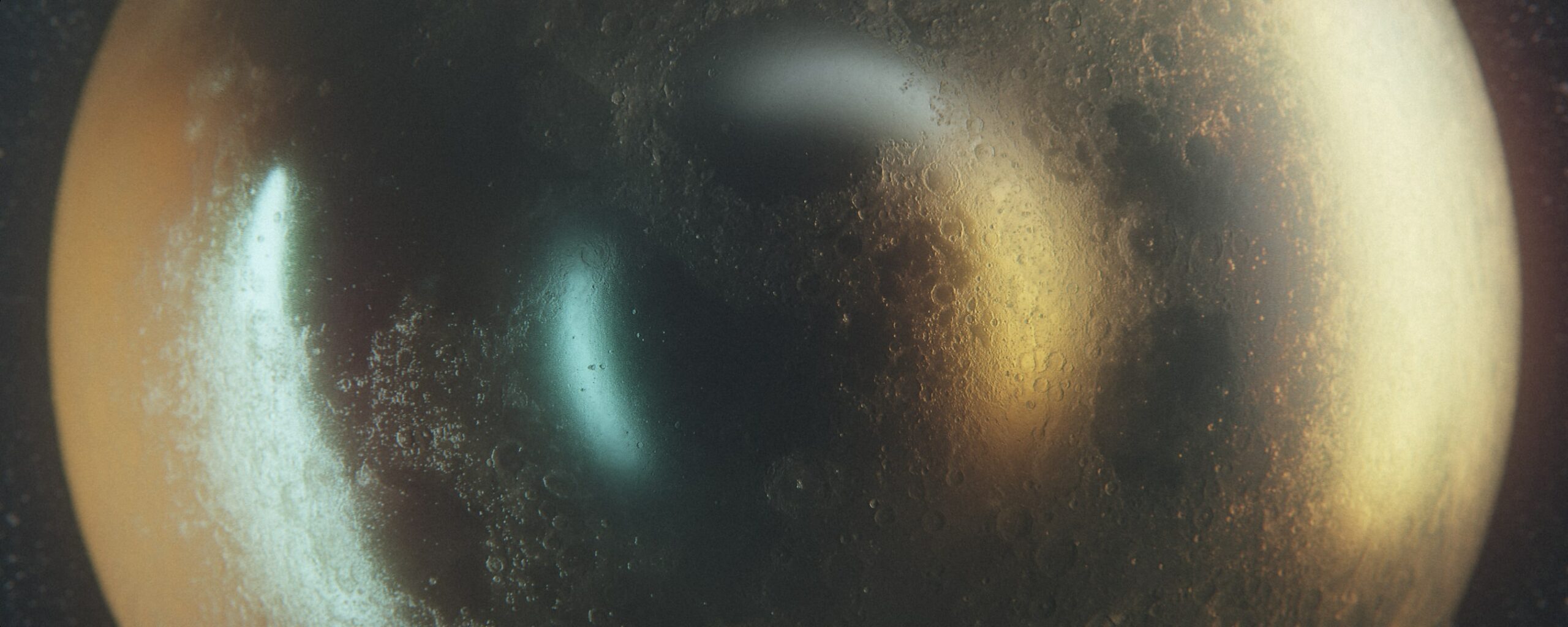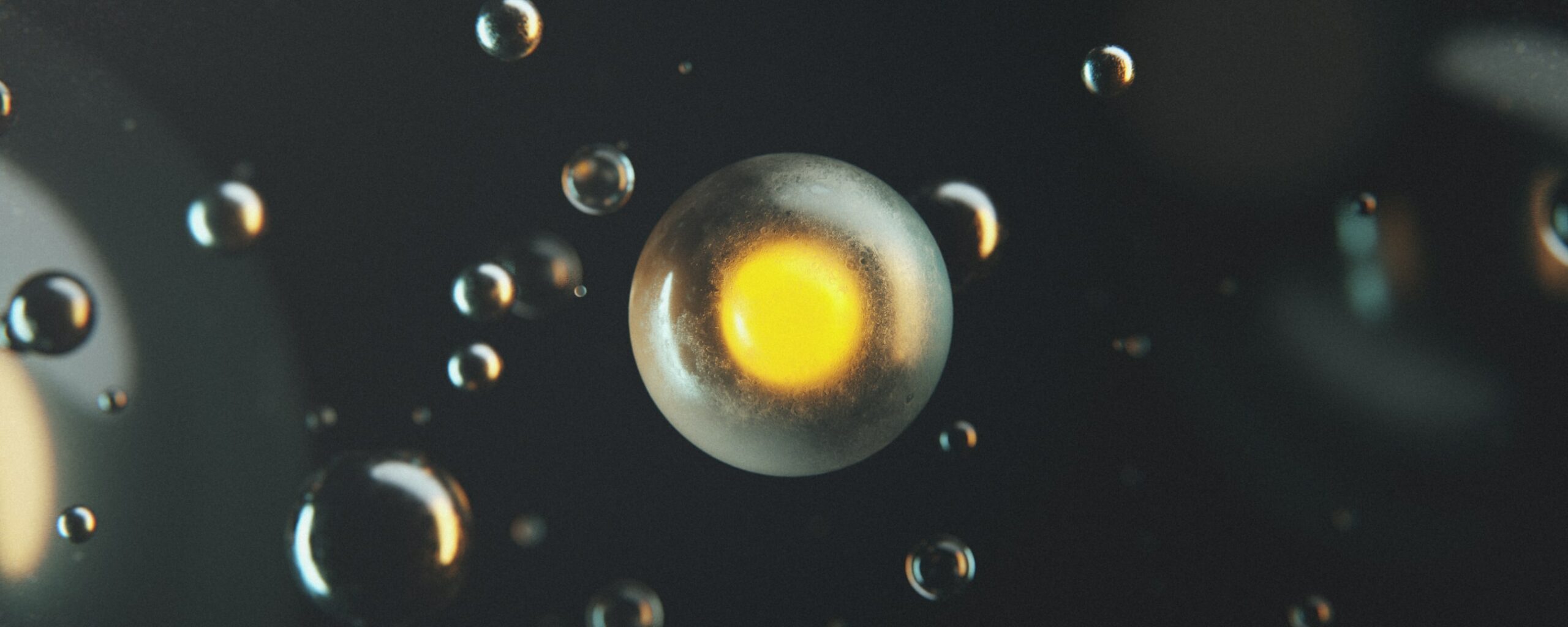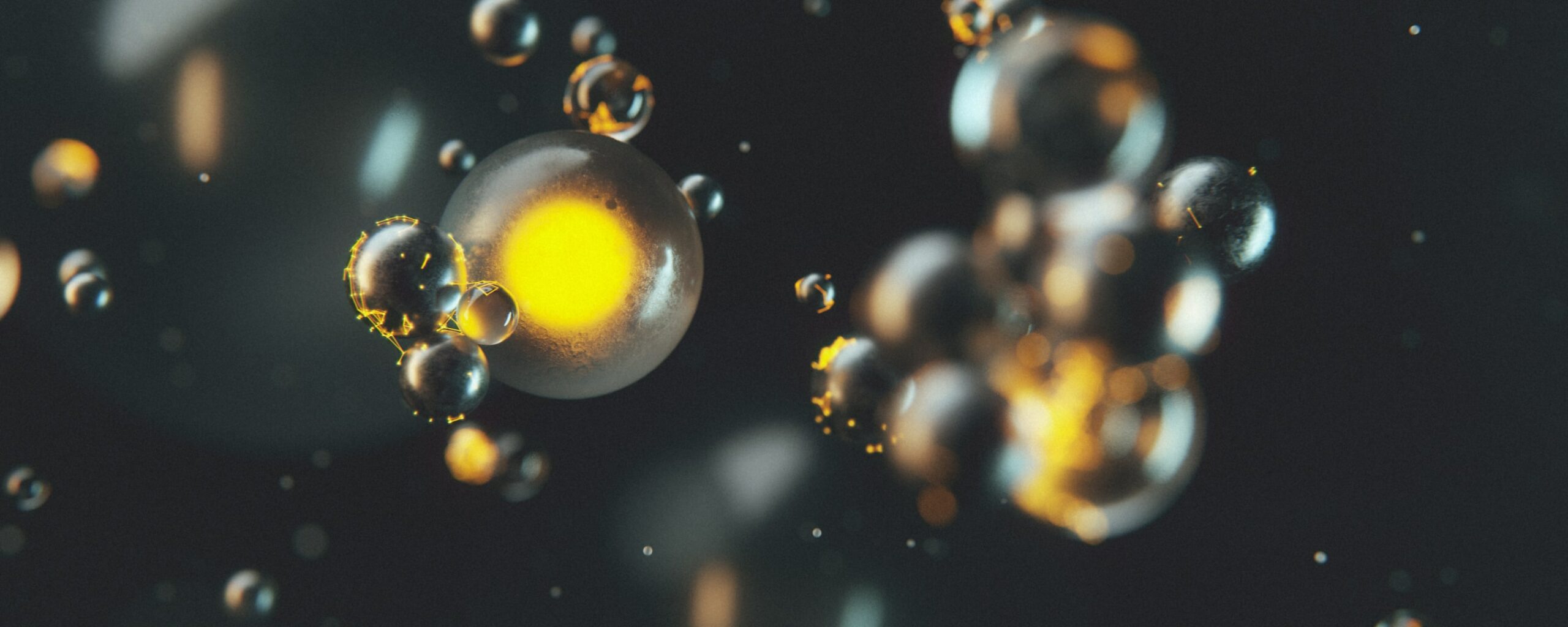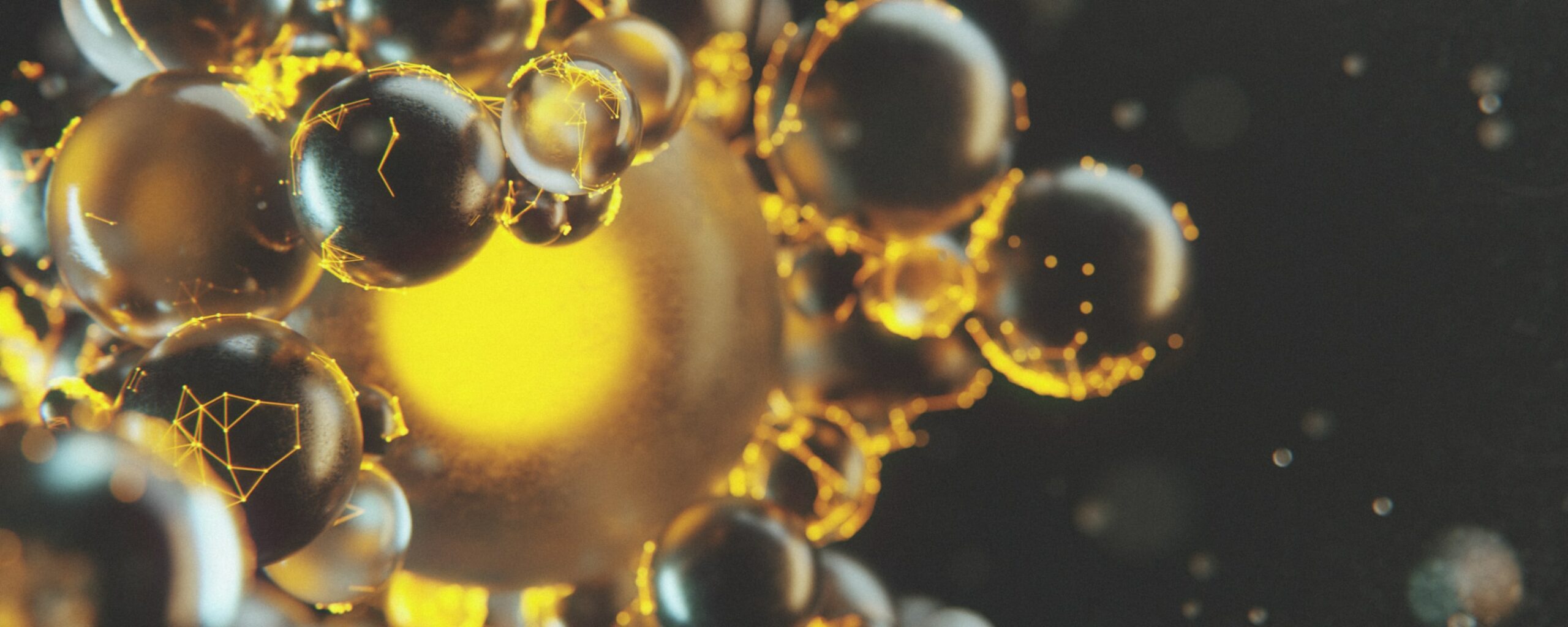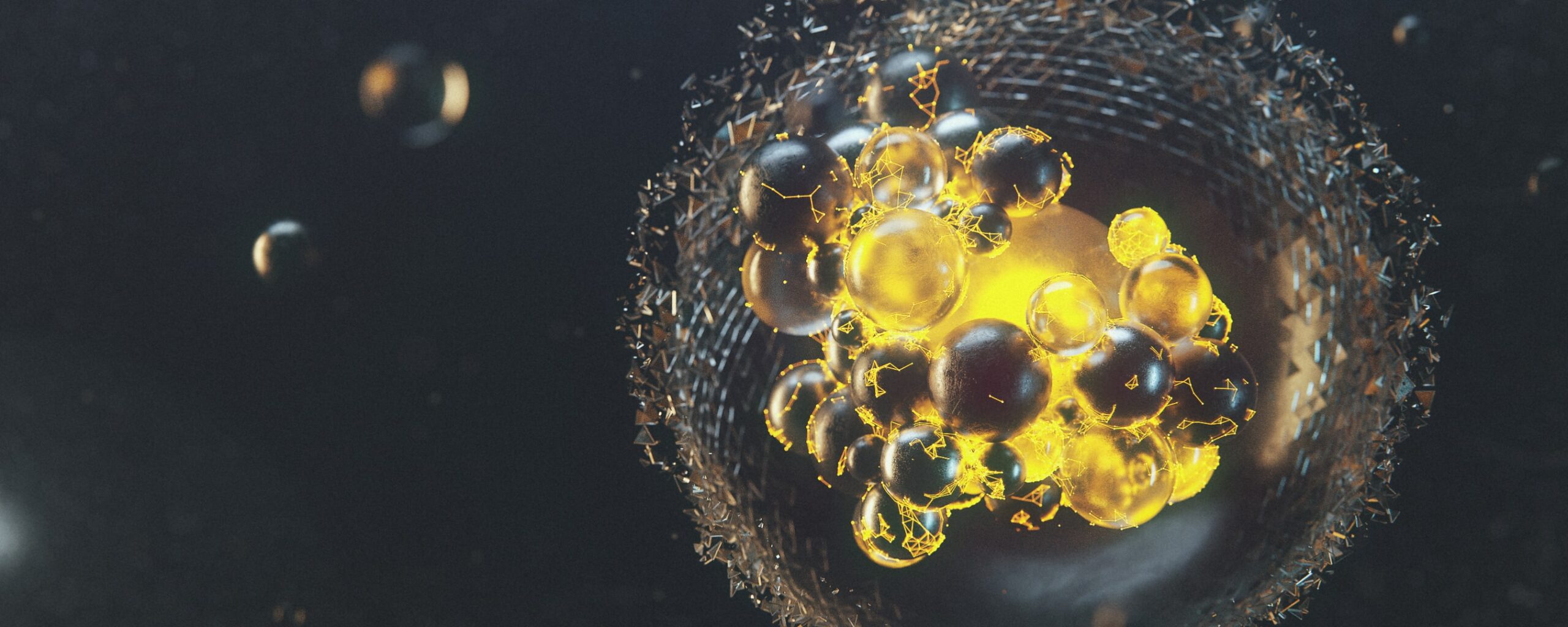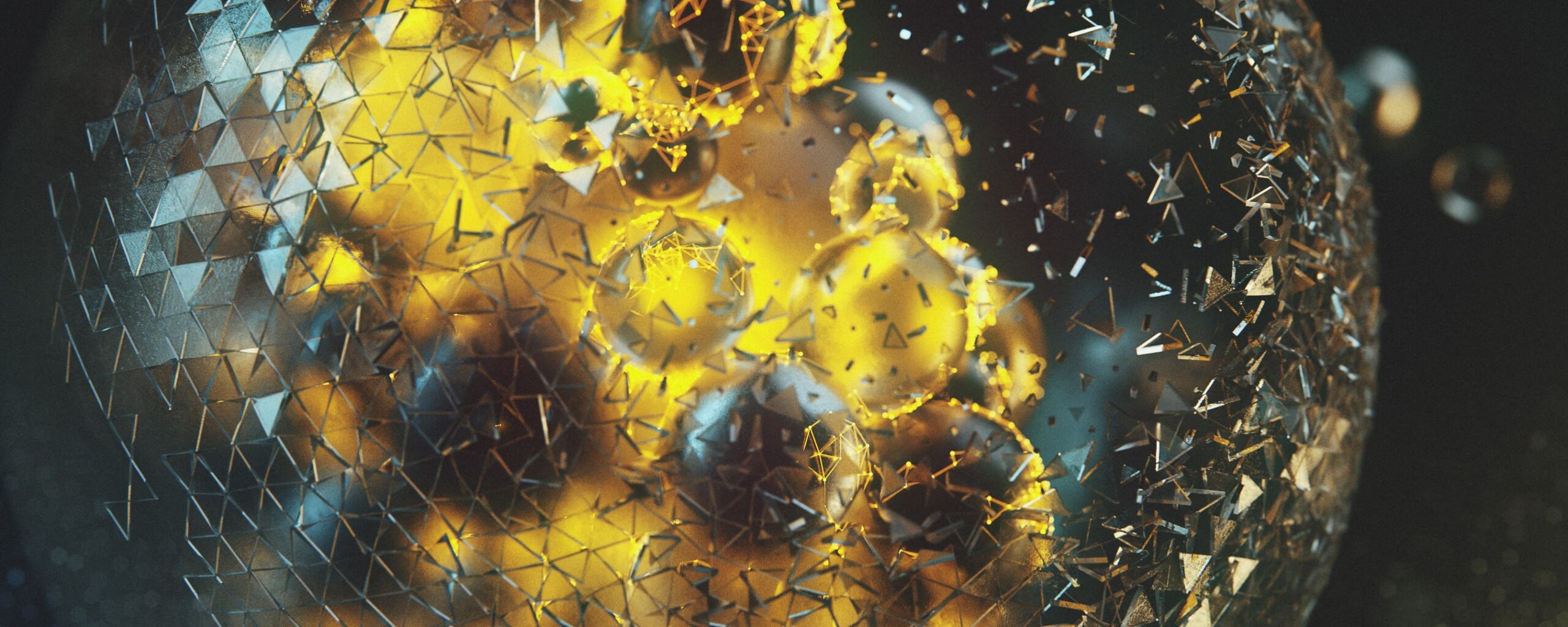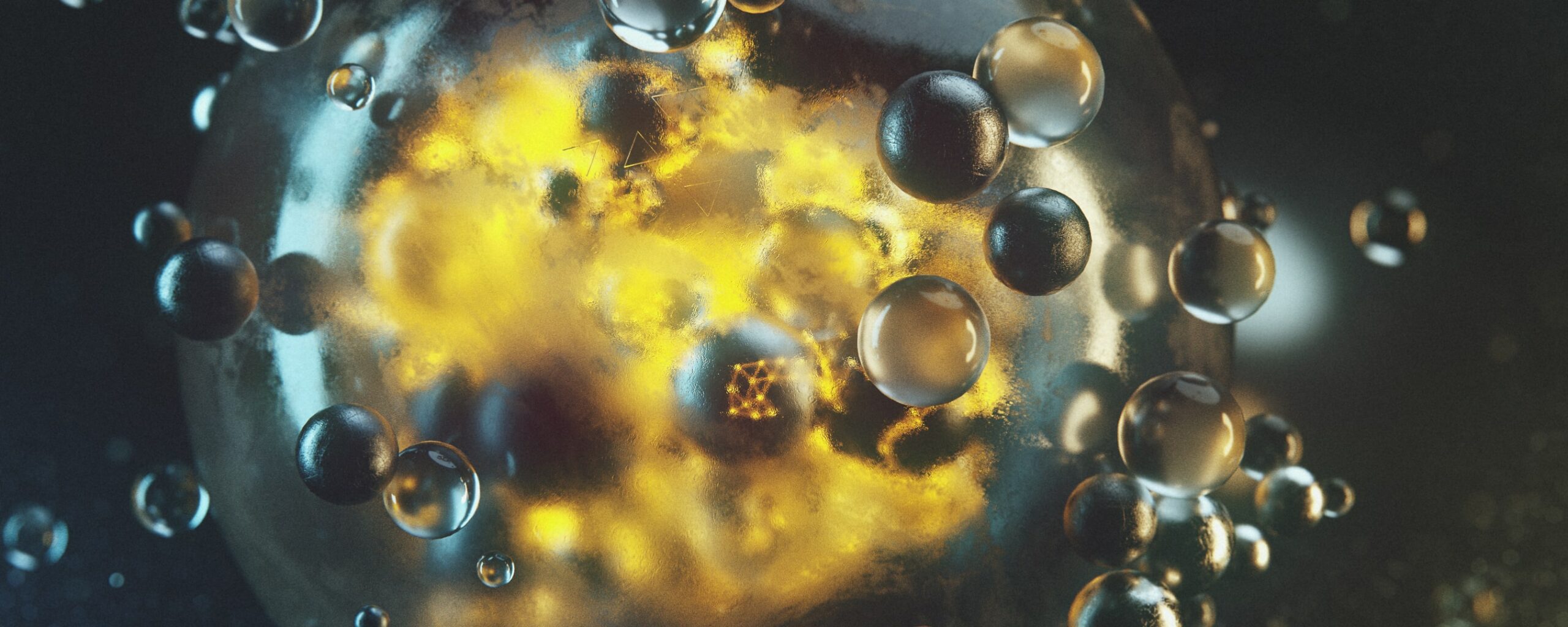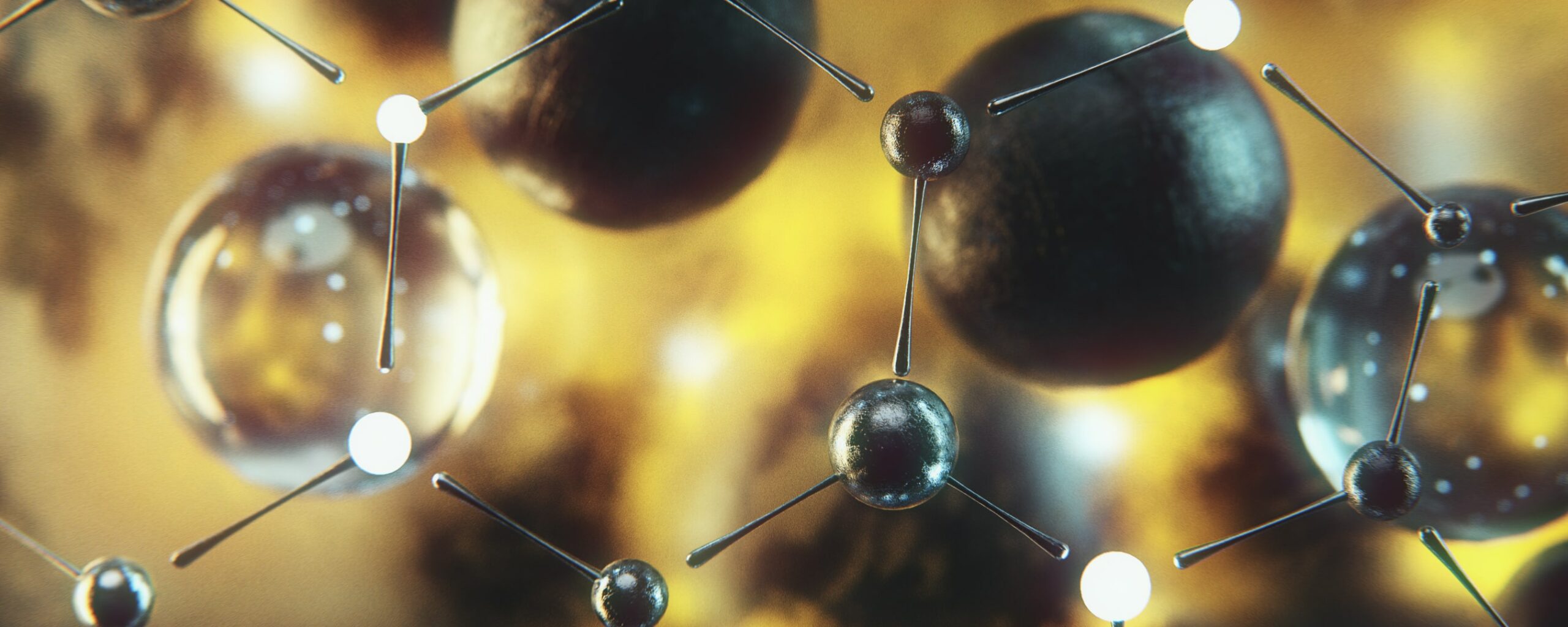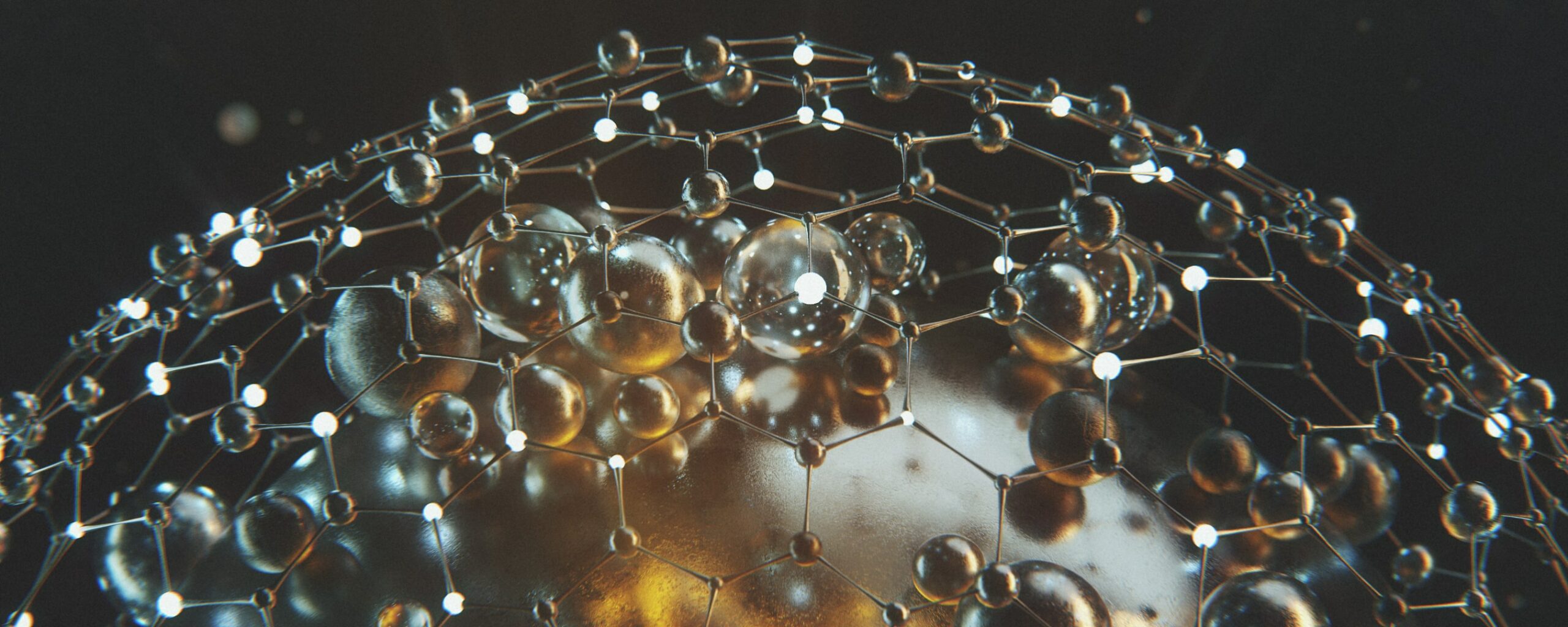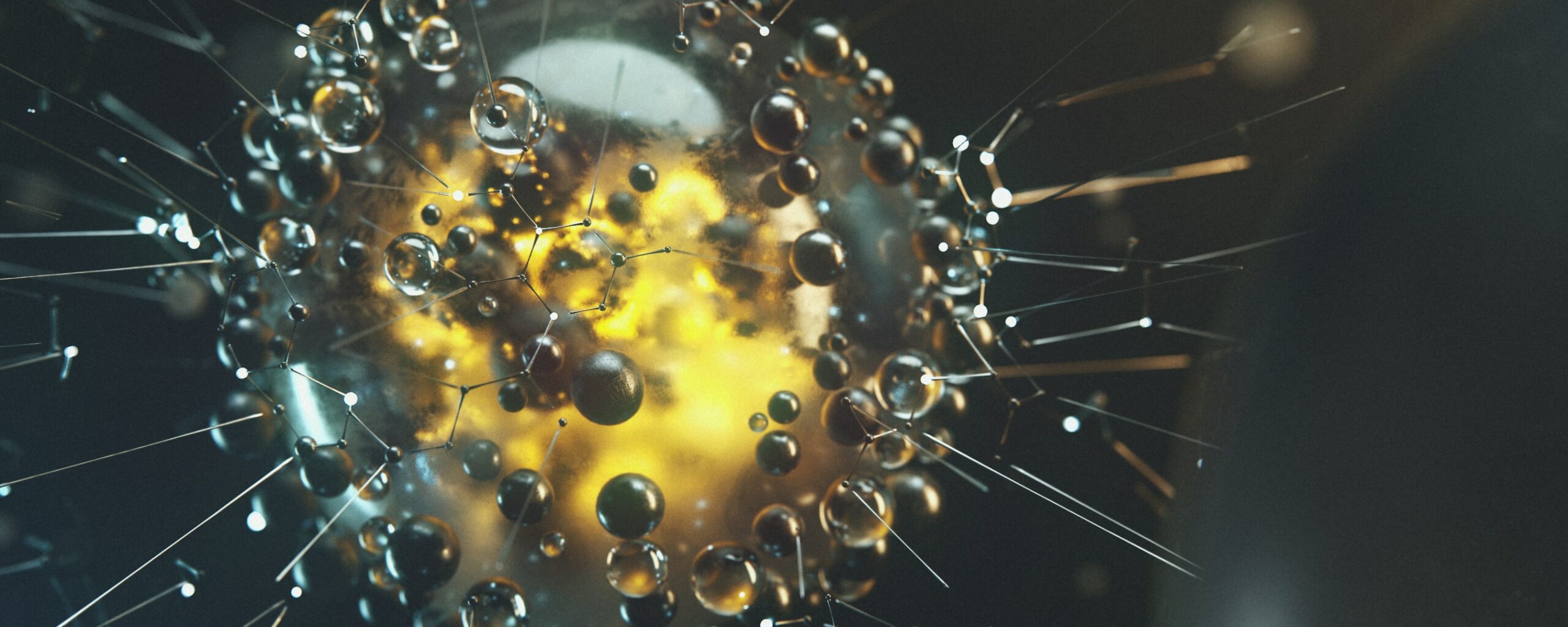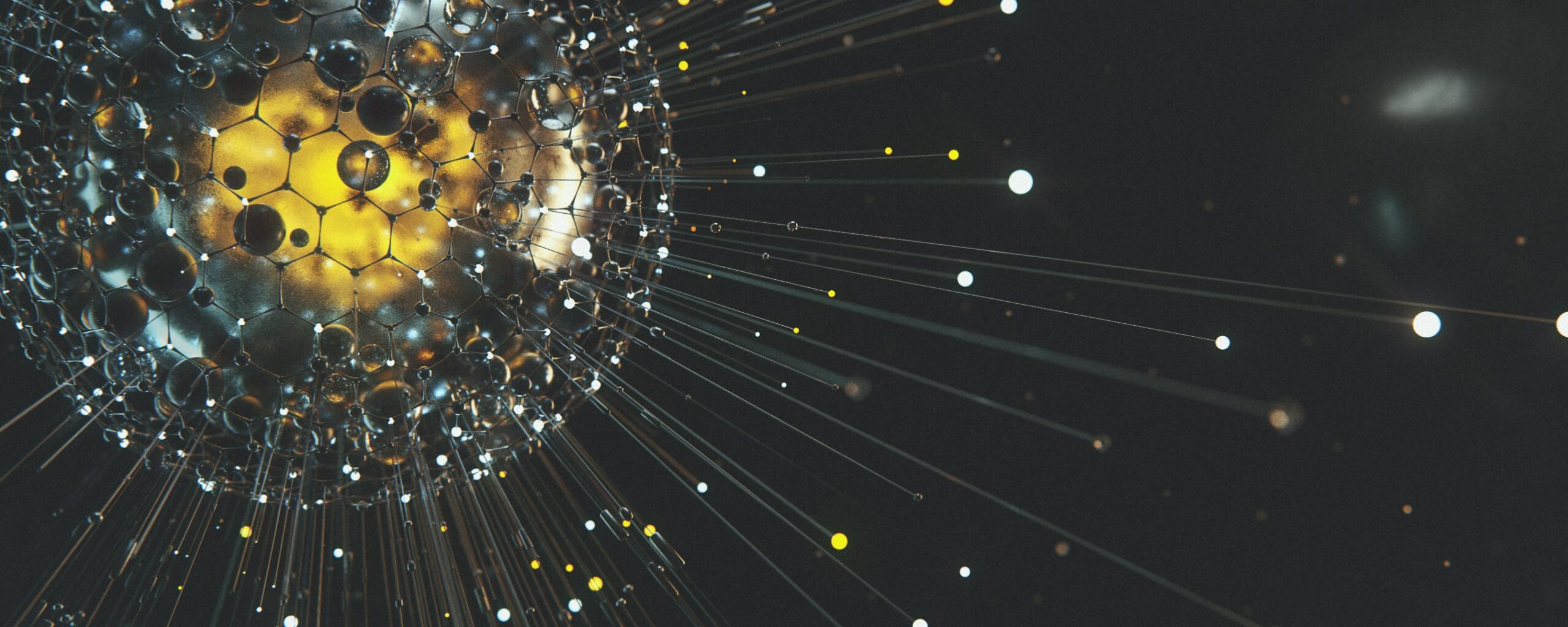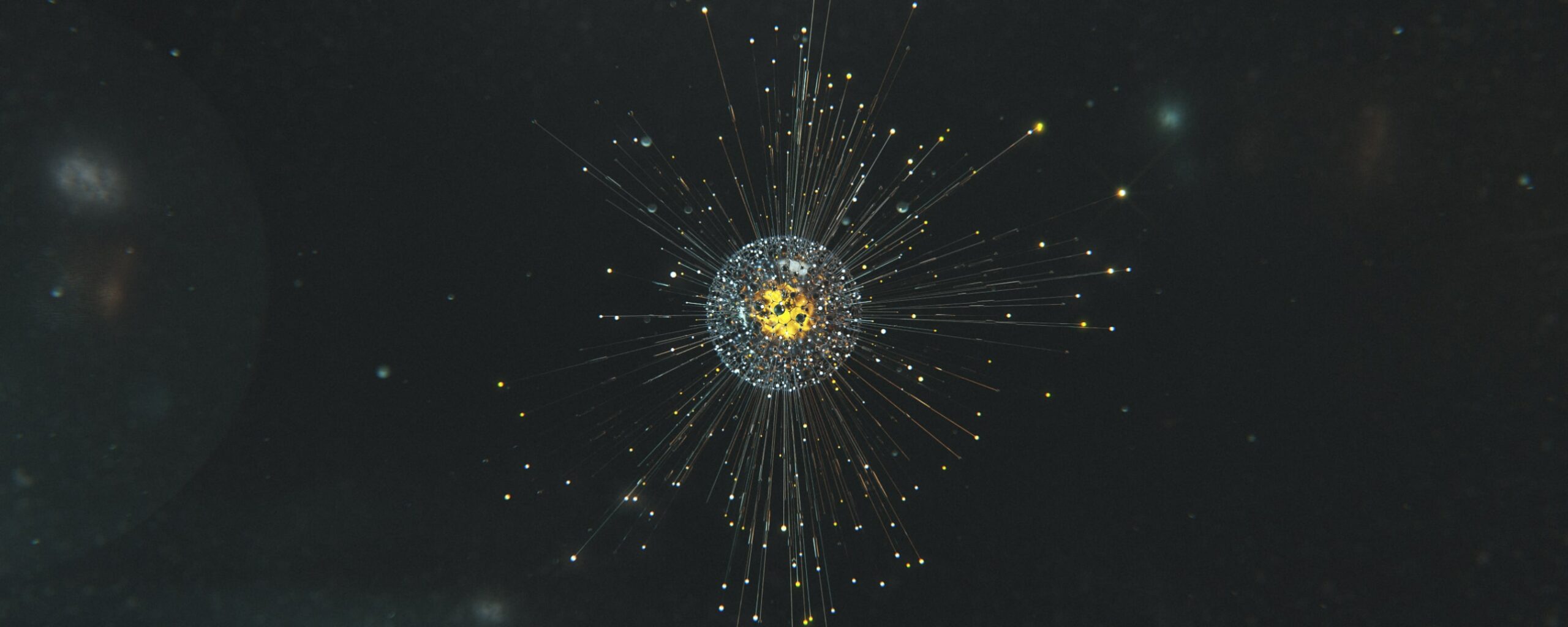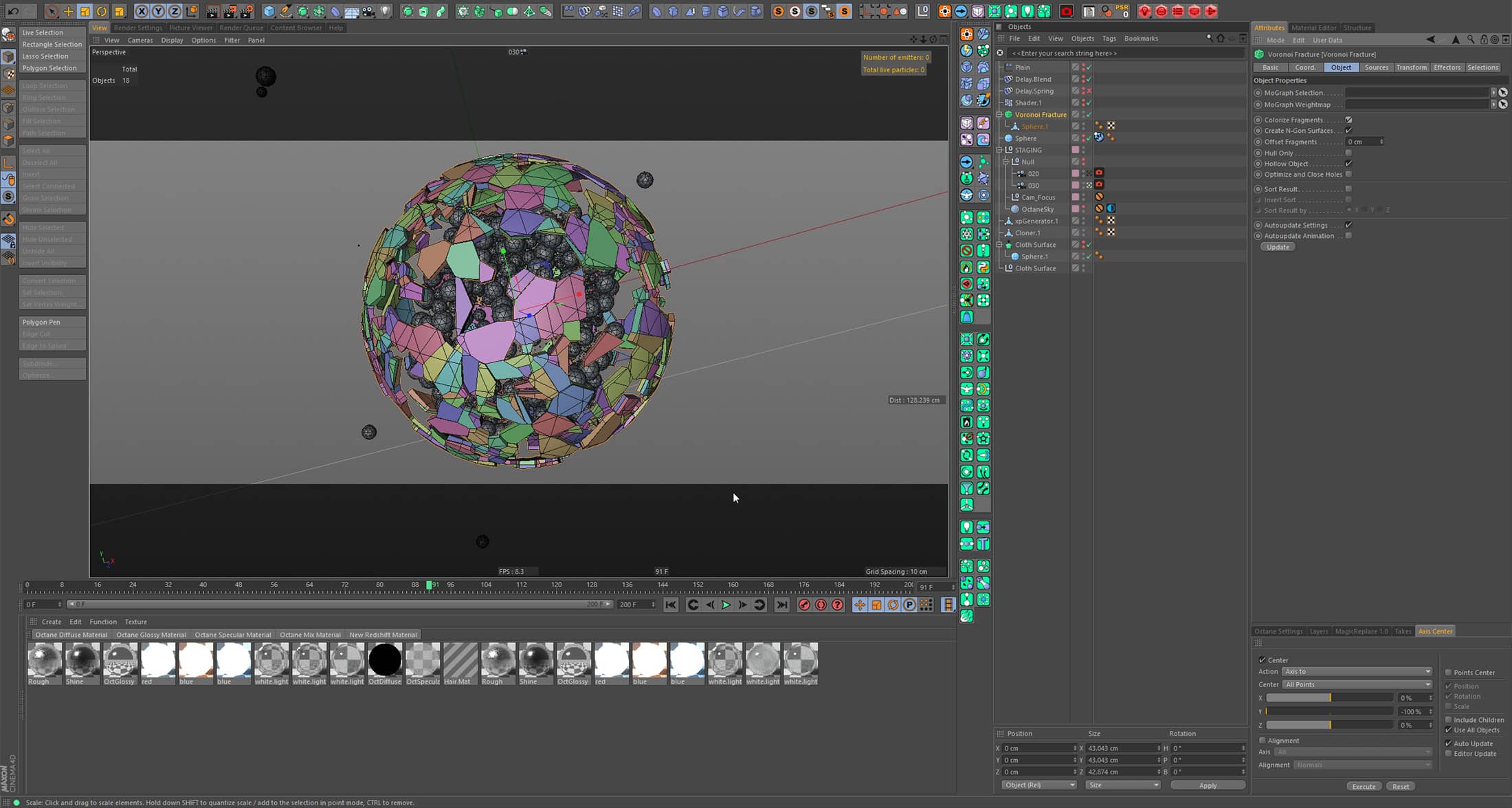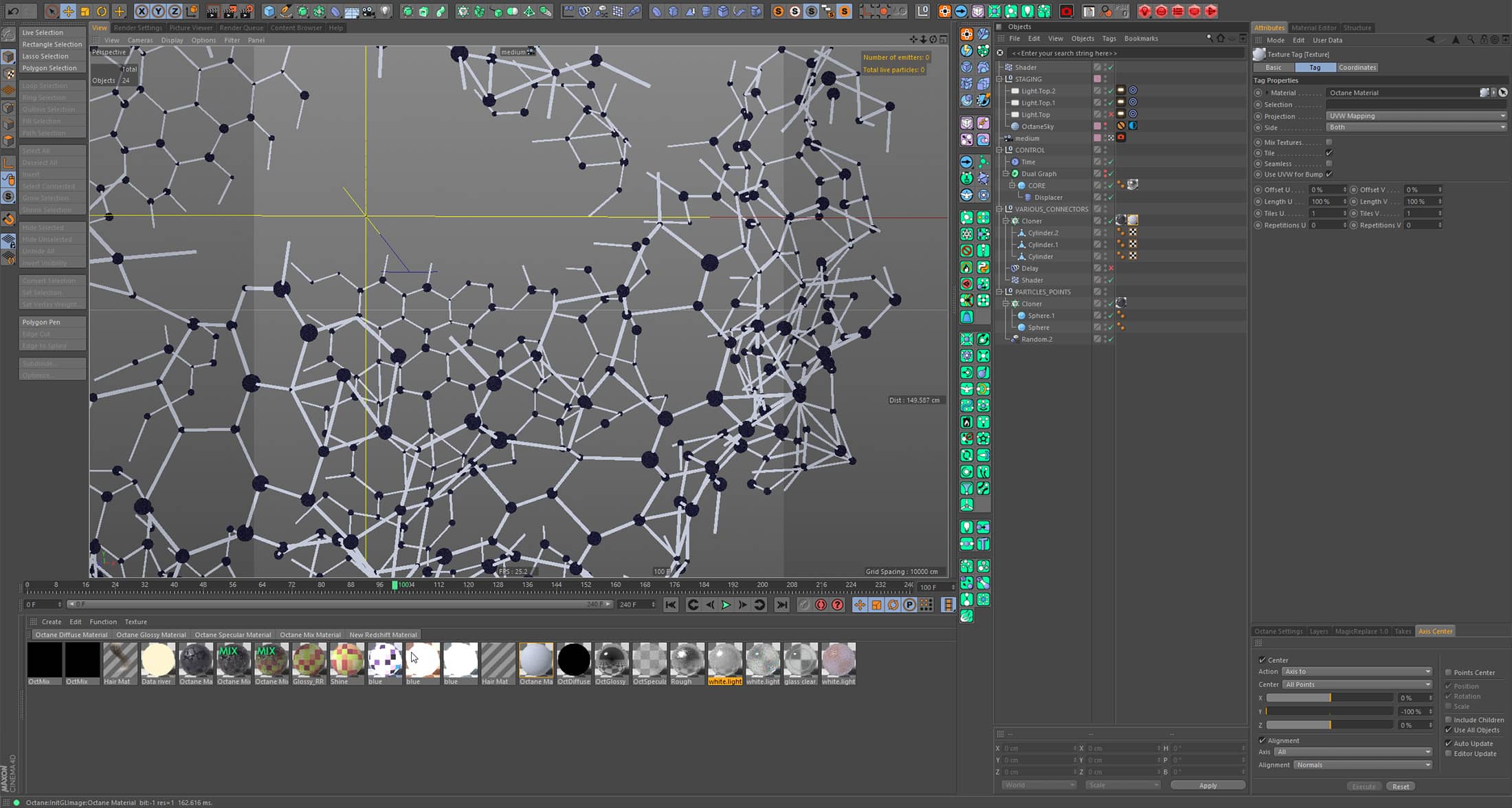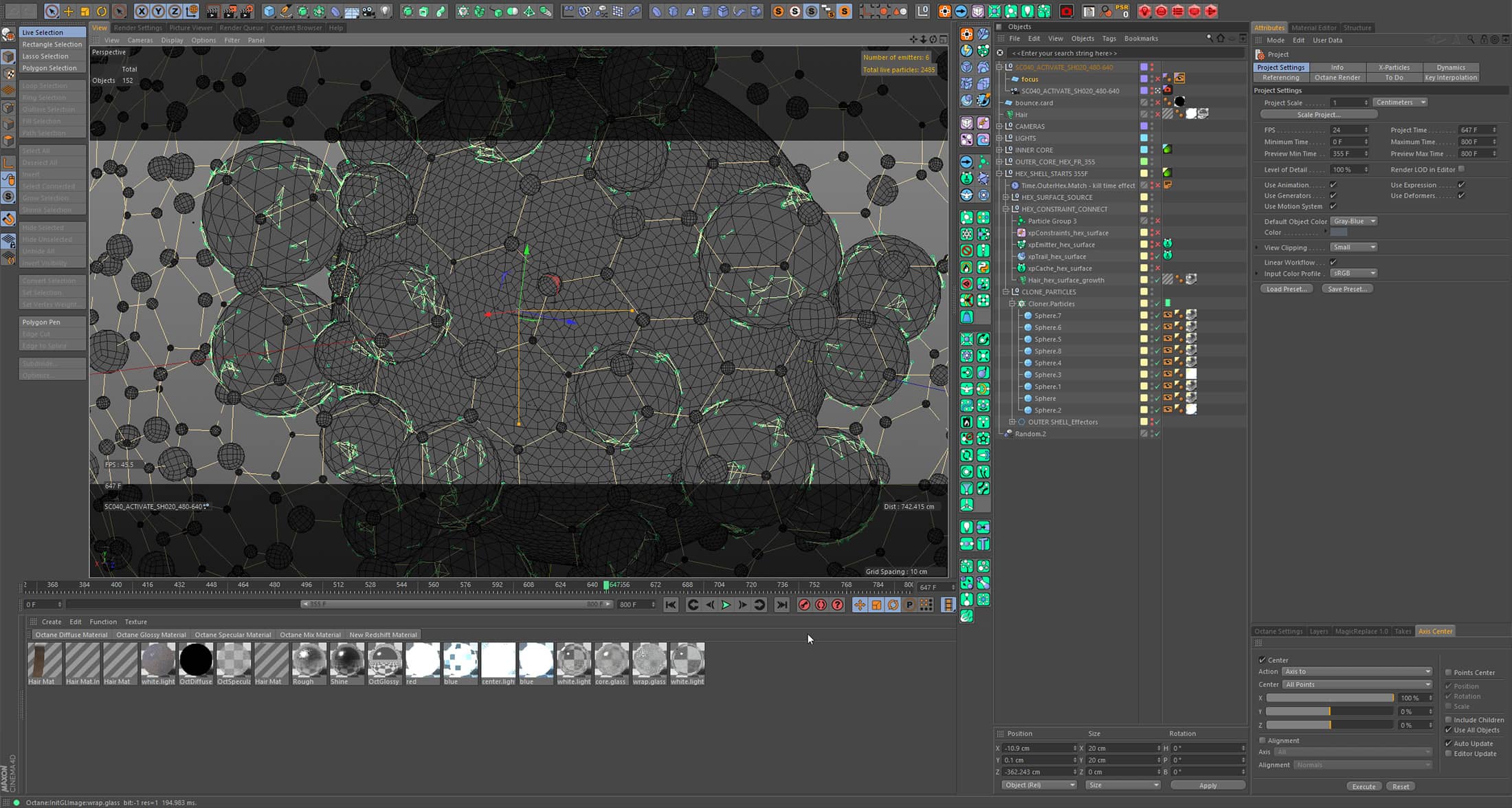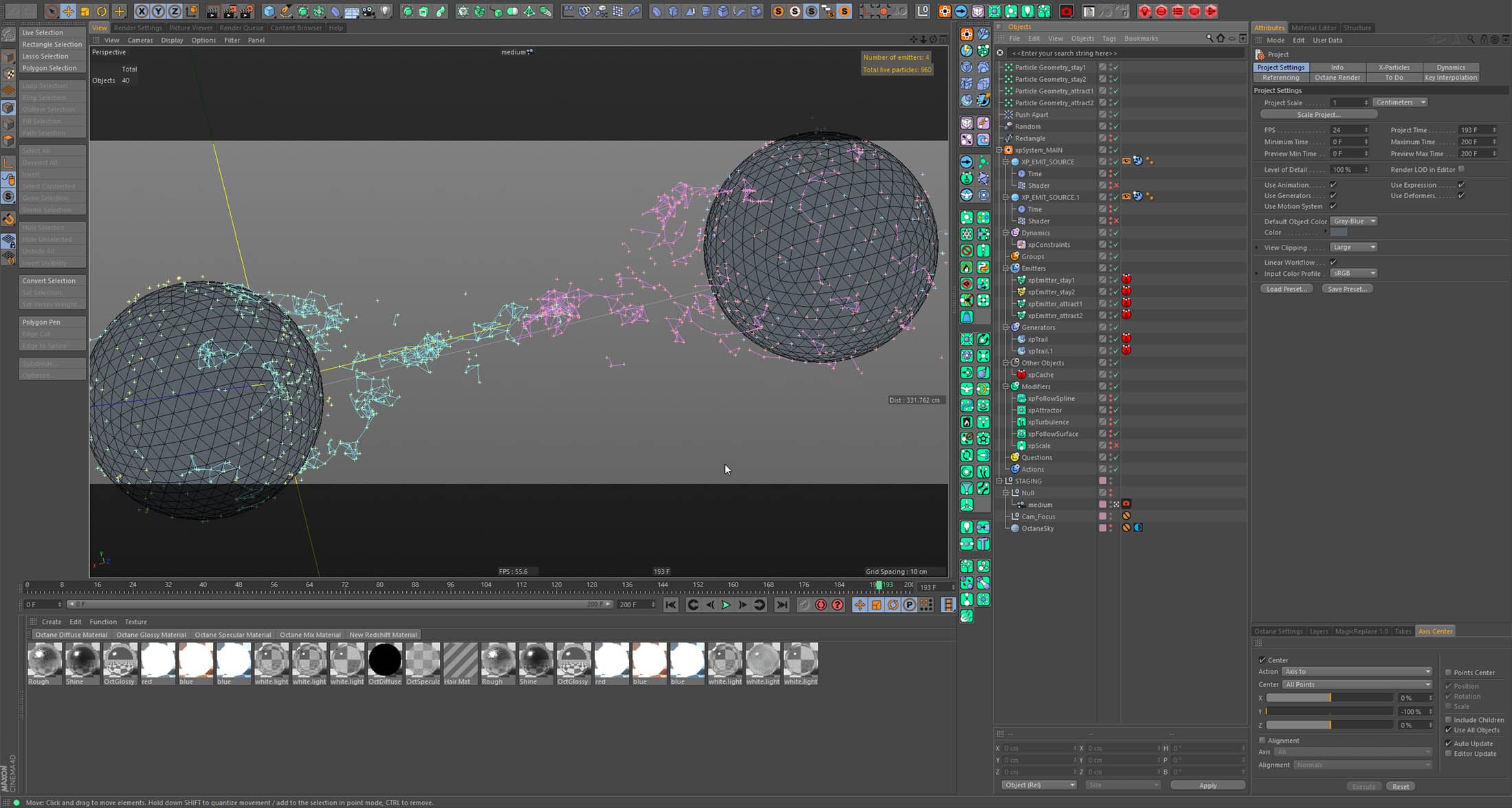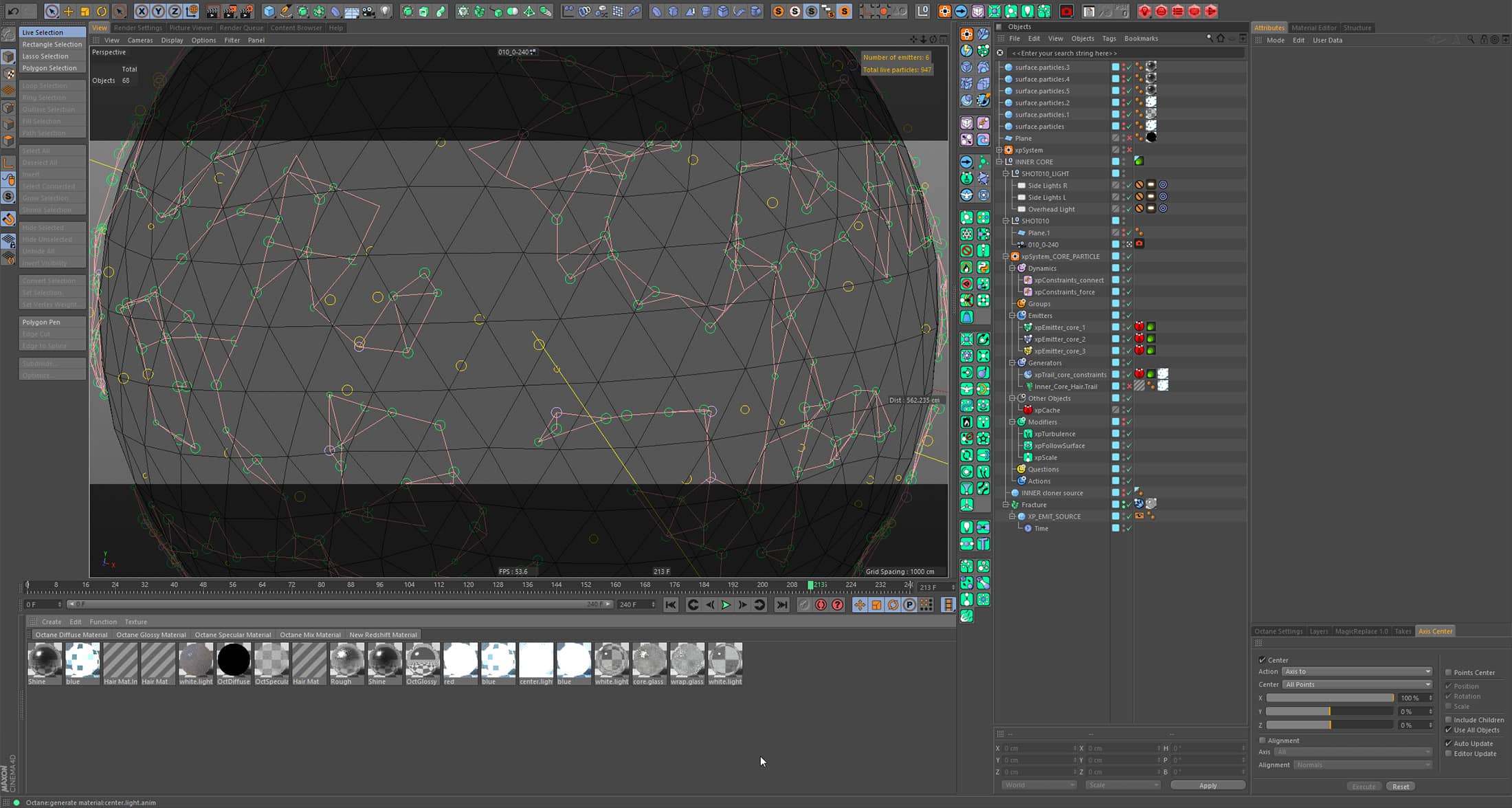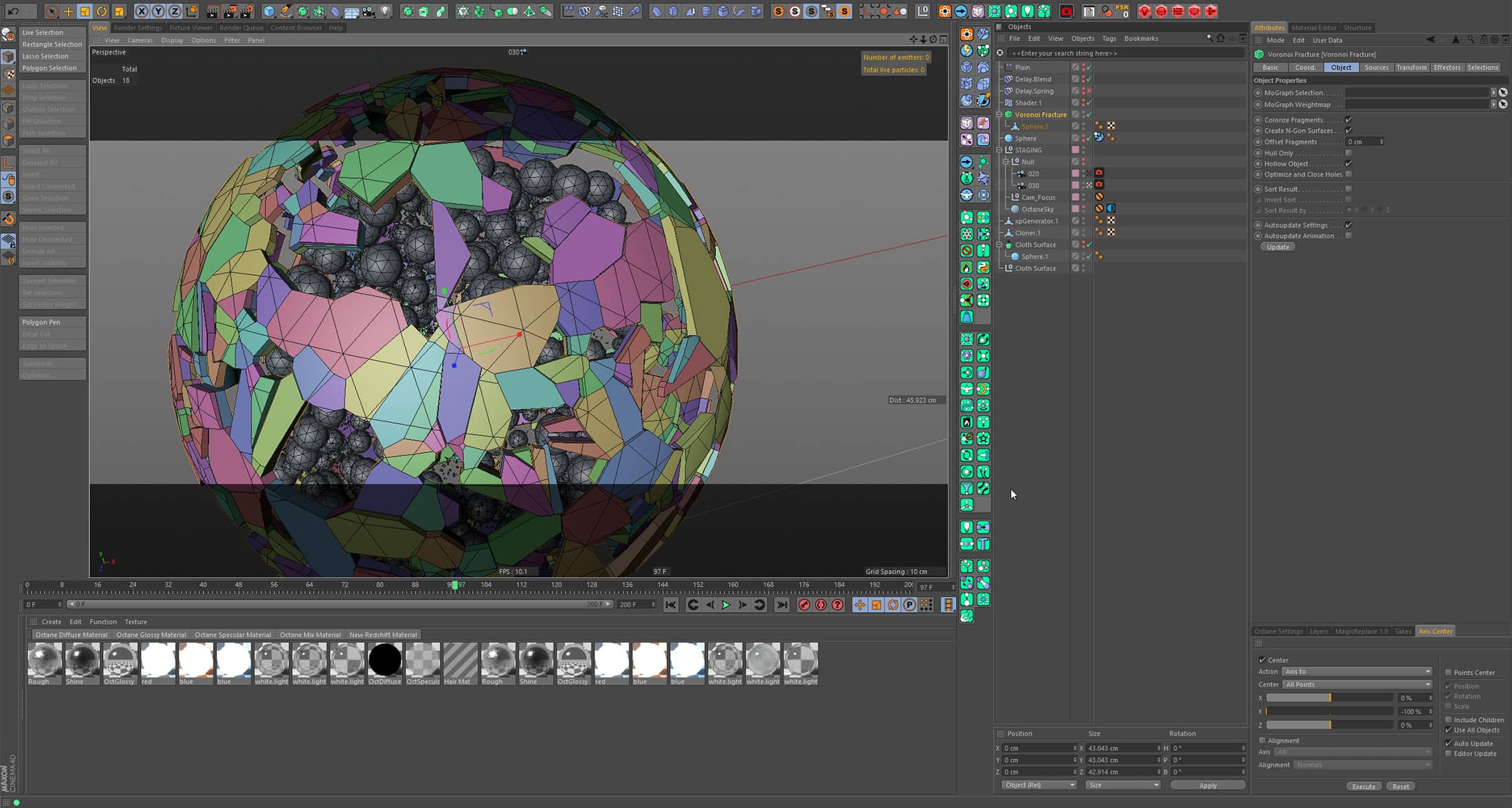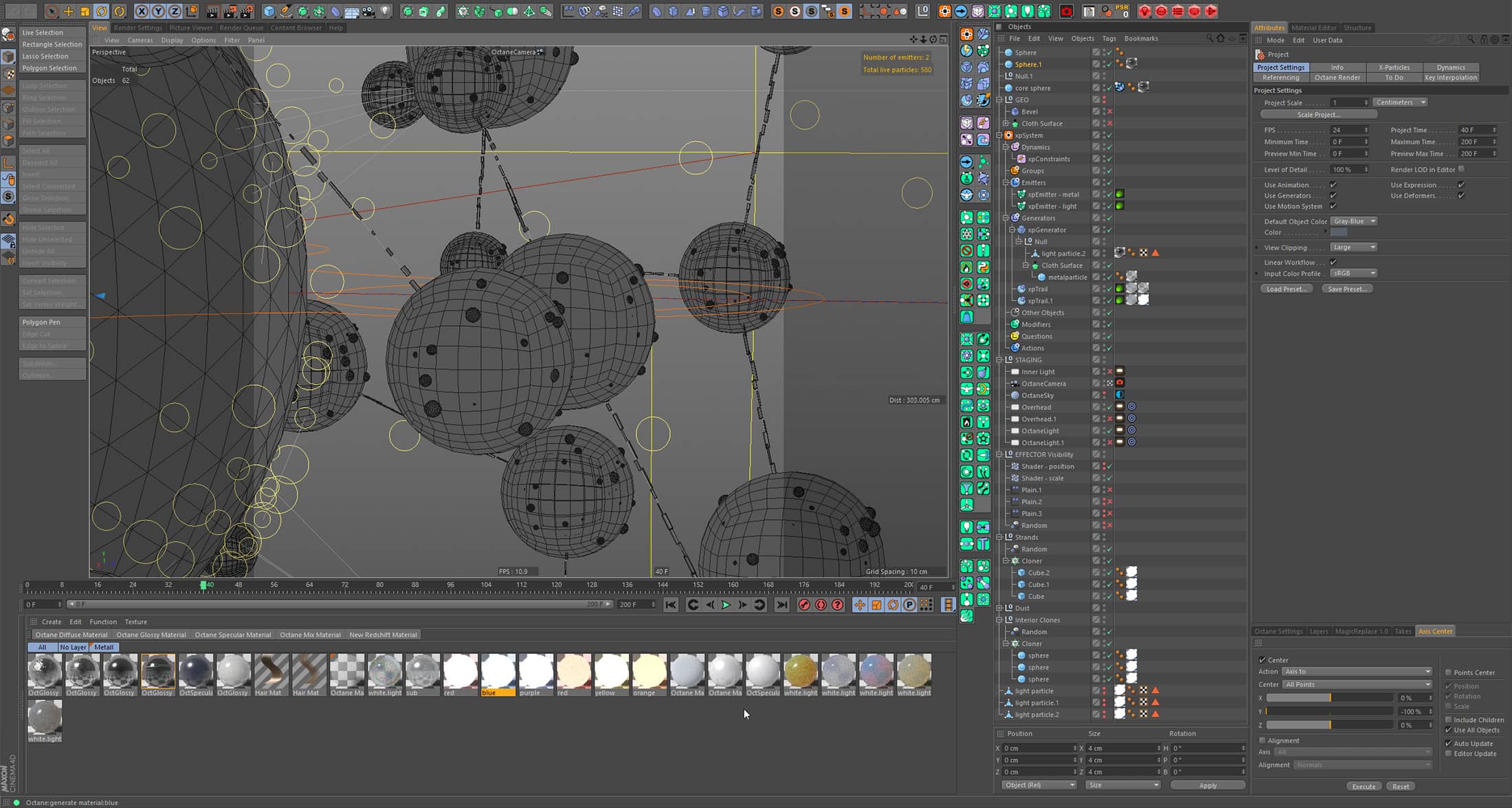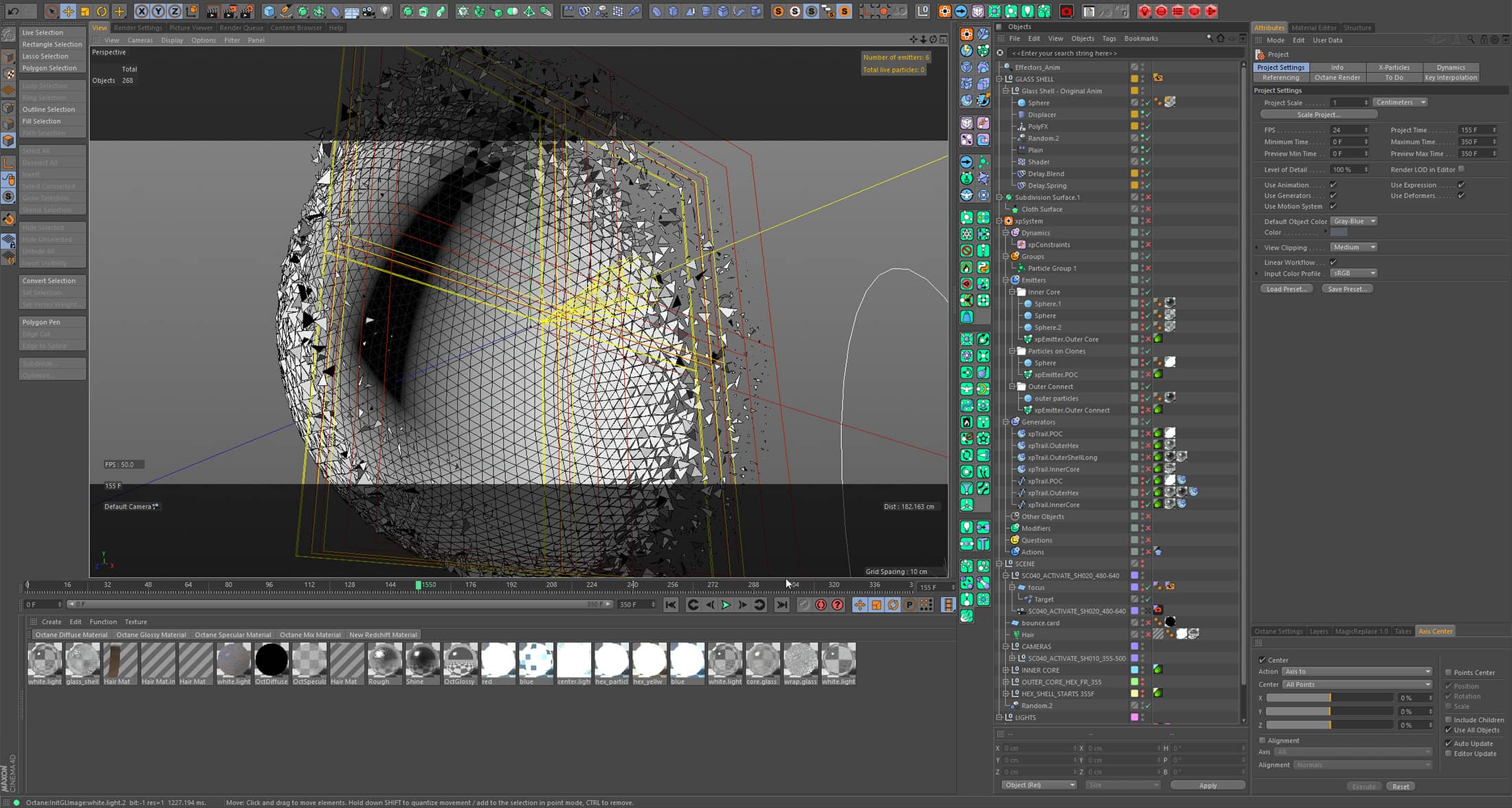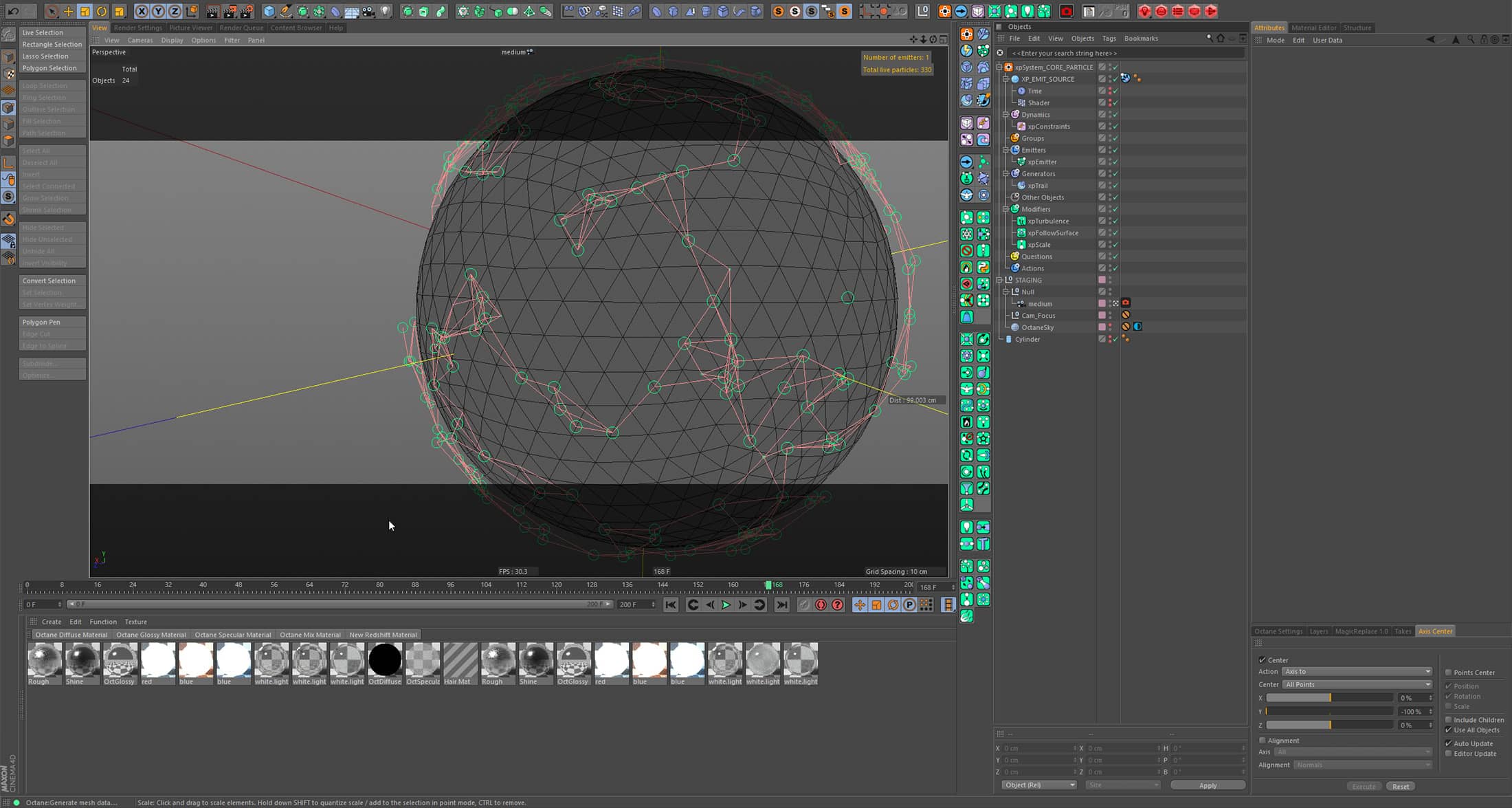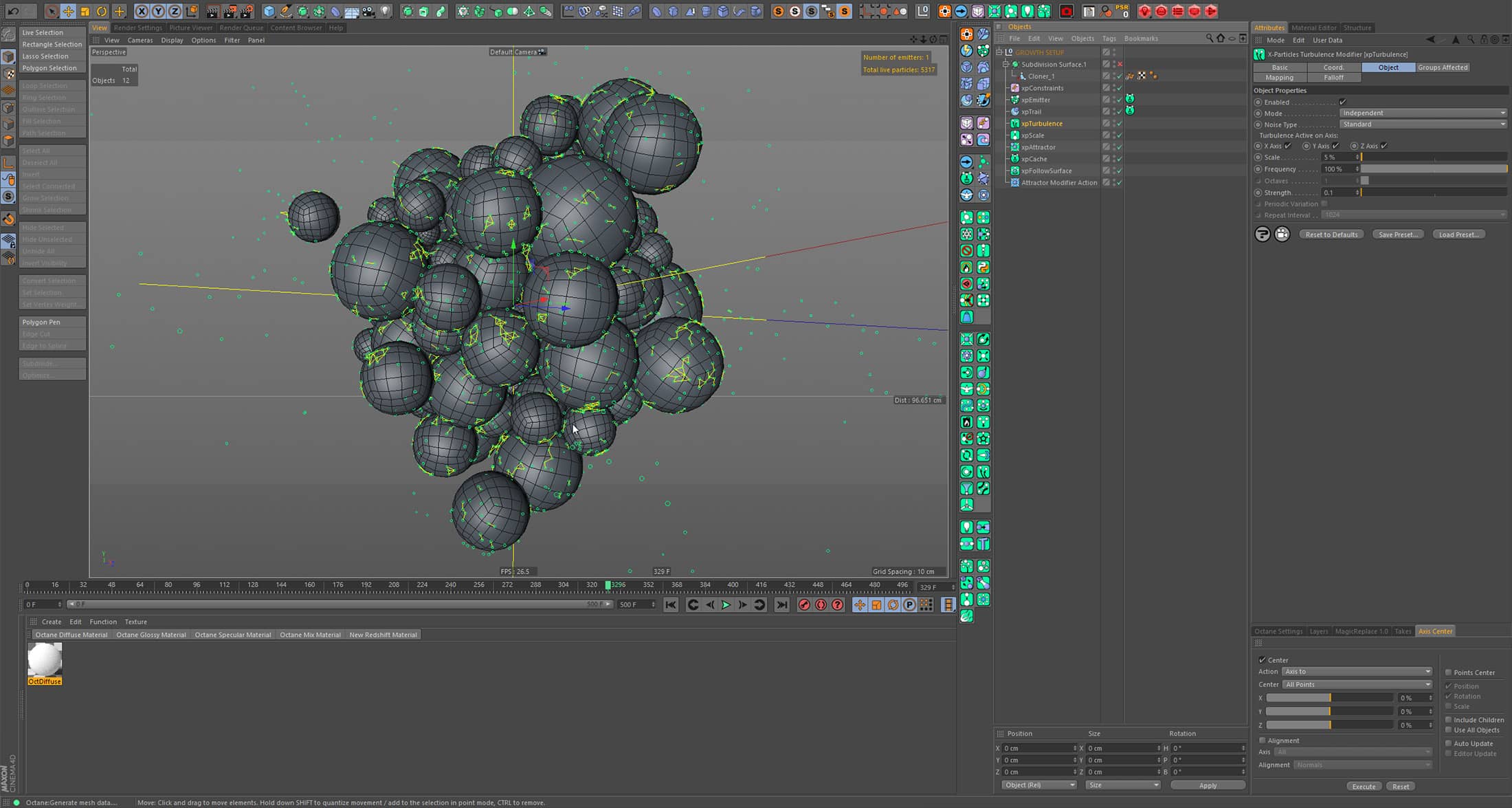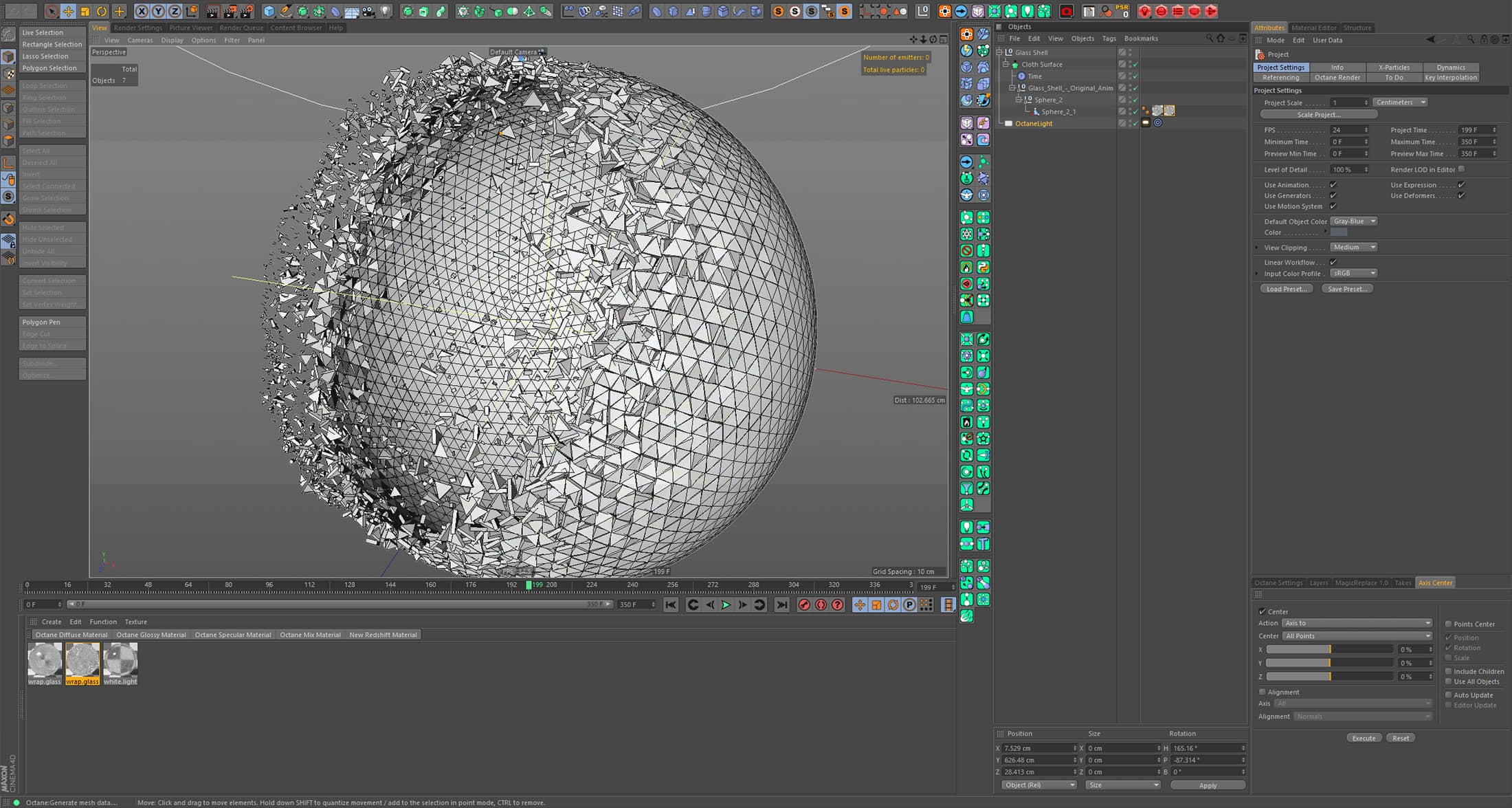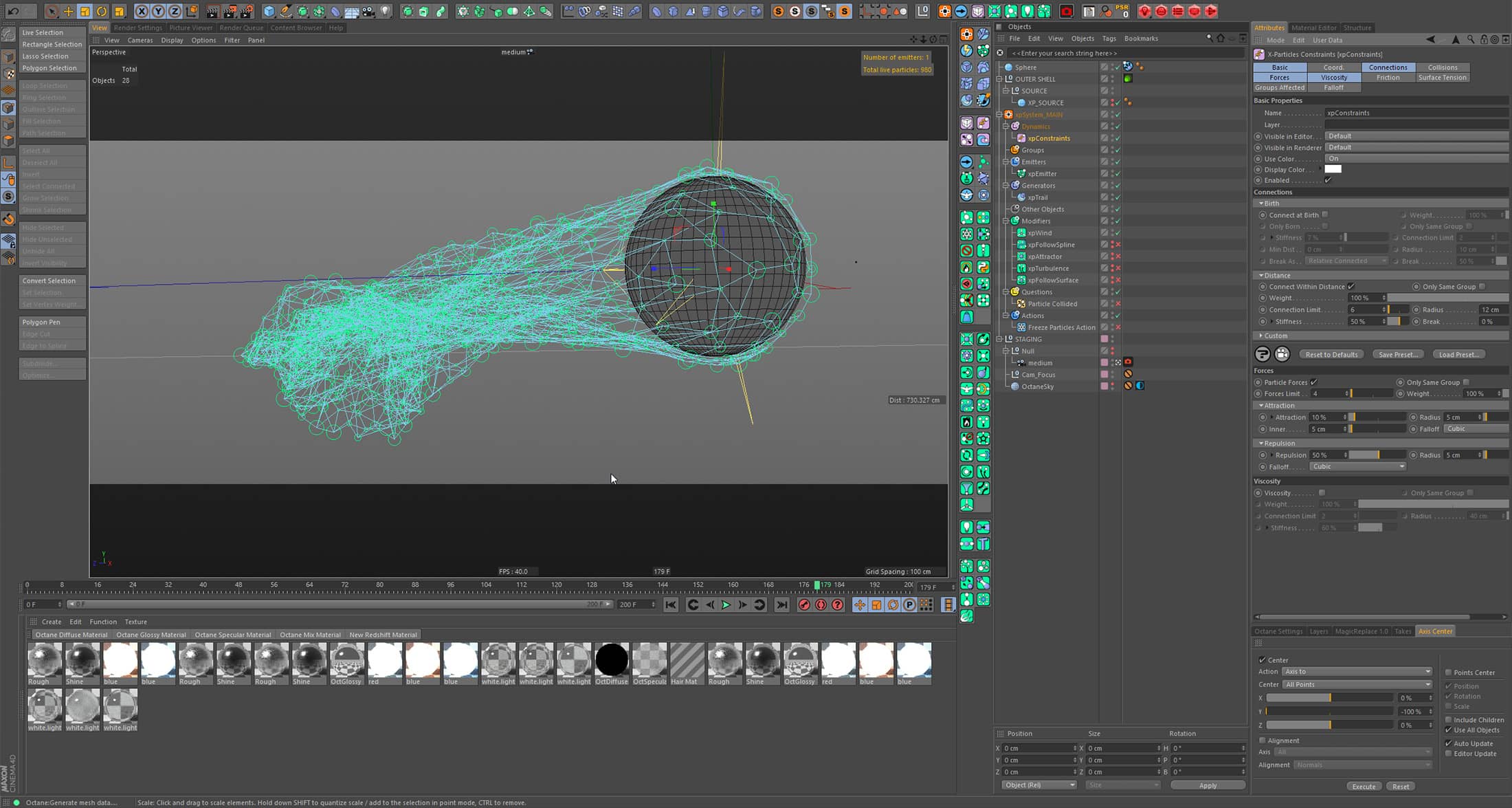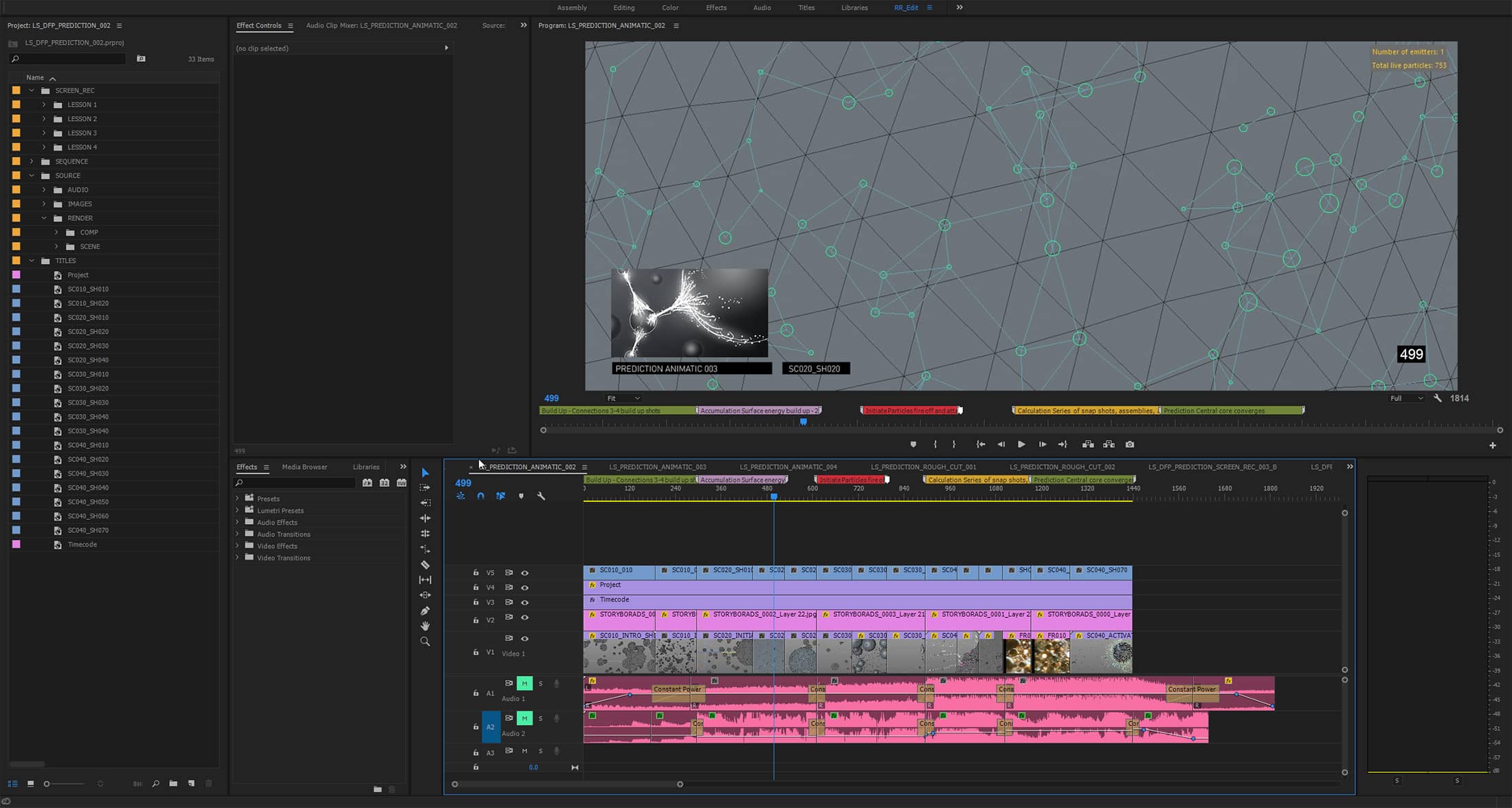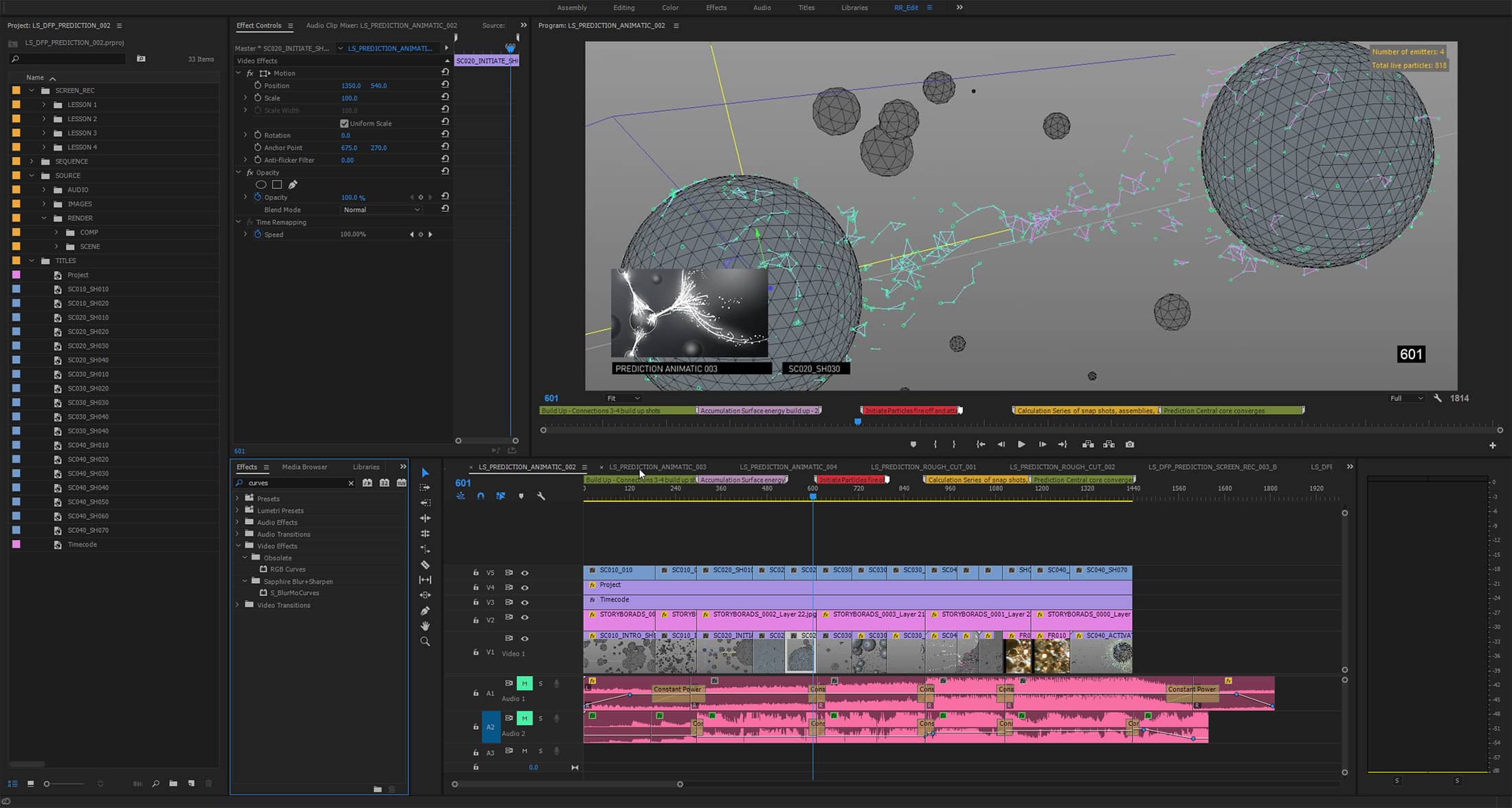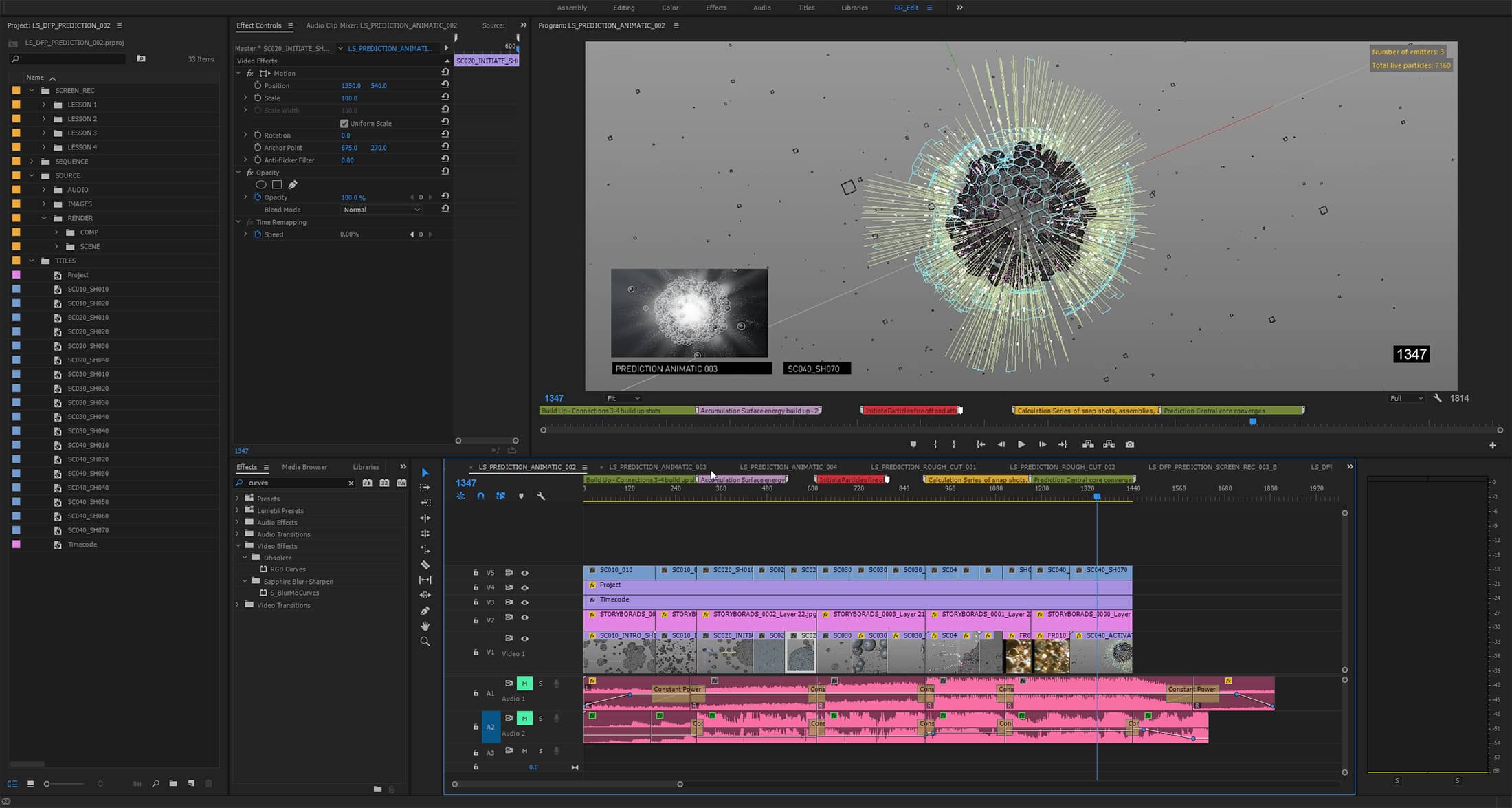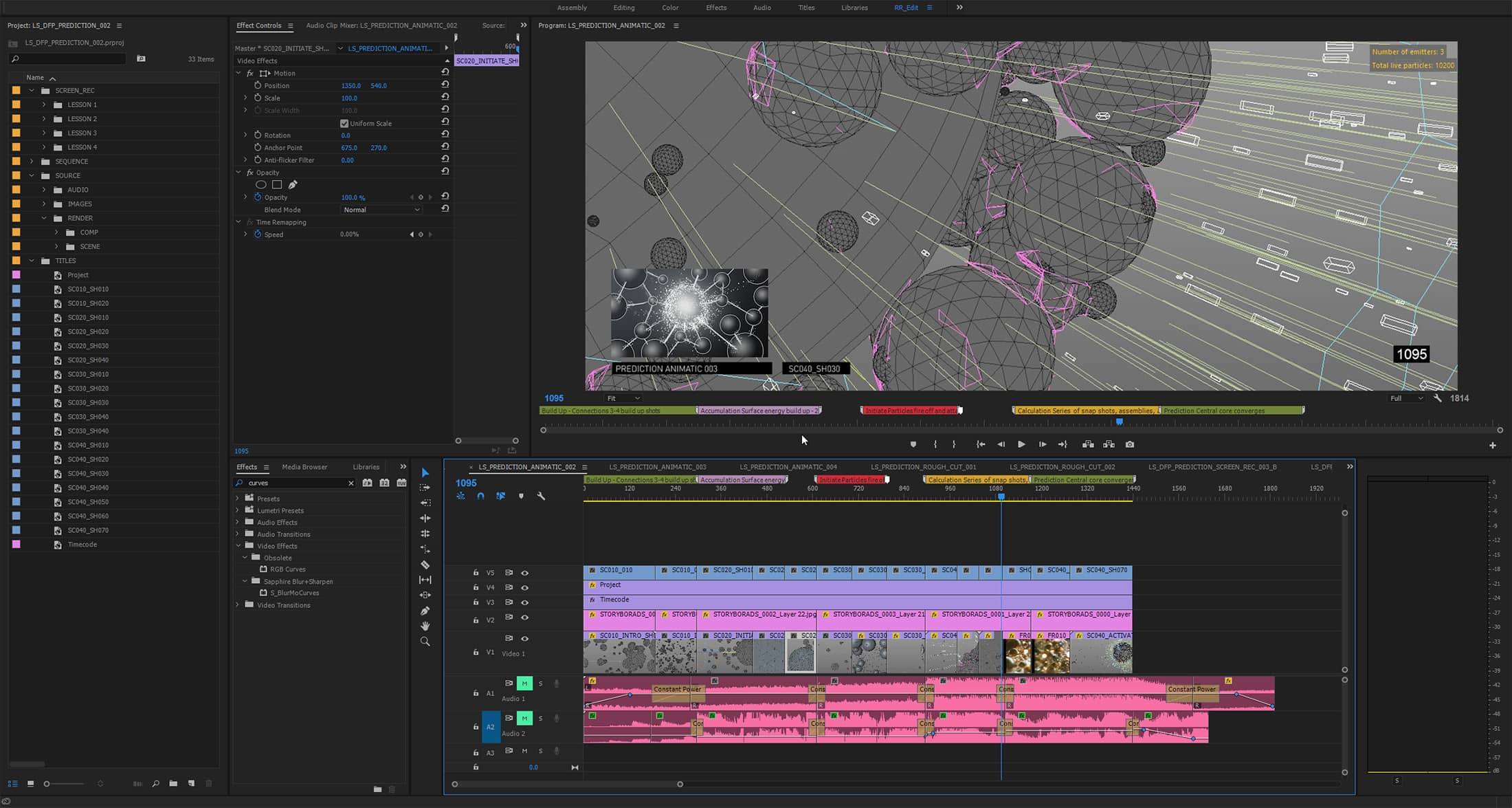Prediction
This sequence captures the process of machine learning through a complex artificial neural network – the moment a prediction is made.
Once a preliminary inquiry is made, it triggers dormant nodes to initiate their process. They bond together and begin to calculate the question. Rhythmic energy pulsates and flows between each node, strengthening their bonds and pulling them more tightly together. They begin to converge on the central core, charging it with their endless computations.
As the deduction sequence continues, irrelevant contributions are rejected from the equation, while the relevant contributions are secured inside. Once the final internal calculations are formed, they activate tendrils that broadcast the accumulated information - producing, and announcing the machine’s weighted solution.
CATEGORY
—
3D, Animation, Short Film, Personal
CREDITS
—
Direction, Design & Animation: Raw & Rendered
Music & Sound - Jay Klos
SPECIAL THANKS
—
Michael Rigley - www.michaelrigley.com
Learn Squared - www.learnsquared.com
Still Frames
Process & Development
After working through Michael Rigley's "Design For Production: Workflow" class, his follow up class "Design For Production: Animation" was an obvious step. Under Michael's guidance, I was able to clearly identify my shortcomings, while navigating the fundamentals of the animation process.
At first, I found myself rushing to acheive the somewhat immediate results as I do in my everdays. I would work through lessons a bit hastily, and in doing so I was quick to realize that there were significant gaps in the early stages of my boardomatics and animatics. It would take some time for me to adapt to a more thoughtful workflow, but eventually with more thought, effort and refinement the sequence felt more continuous. There were many explorations explorations along the way, many of which didn't make it into the final cut, but all were a necessary part of the process - weeding out the superflous to develop a stronger piece overall.
The process constantly challenged me to resolve different problems with different approaches. Many solutions came about through my mentorship sessions with Michael, sharing his technical knowledge and approach these problems pragmatically, helping me to apply more procedural solutions to previous complex scene setups. As I gradually made my way through the lessons, I found myself becoming more focused on all of the shots collectively, resolving them individually and within the complete spot.
The "Design For Production: Animation" class, combined with the "Workflow" class helped to sharpen my tools and forced me to think critically about the way I work. It also inspired and motivated me to tackle more comprehensive animation projects - ones that thrive on a process of fundamental organization, detailed planning, creative thinking and technical execution.
Timelapse — 40+ hours in 10 minutes.
Evolution — From Still Frames to Final
Shot Breakdowns — Wireframe to Composites
Behind the Scenes — Exploration + Experiments
Keep moving forward.
